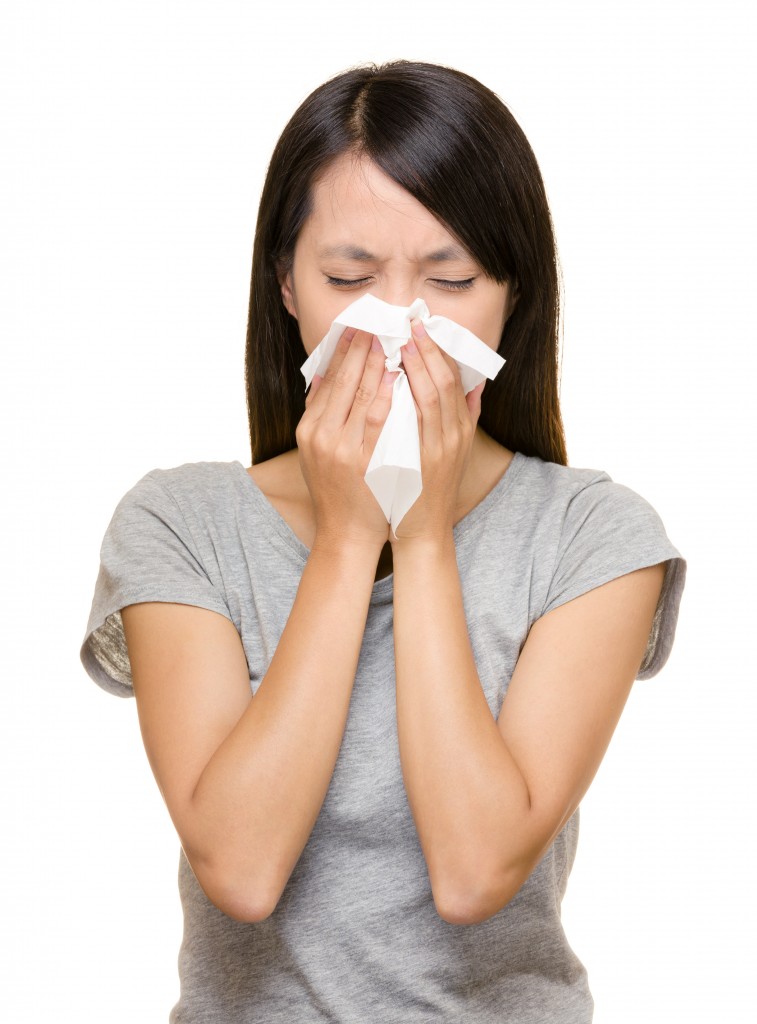The Shocking Tests Done to “Premium Quality Products” Are Earth-shattering
 Shock and vibration, which can mimic the exact magnitude and frequency of an earthquake, are among the ways manufacturers conduct tests for product durability.
Shock and vibration, which can mimic the exact magnitude and frequency of an earthquake, are among the ways manufacturers conduct tests for product durability.
These stress testing services hasten the product maturation period by using a mix, sinusoidal, random vibration, and other methods. Experimental dry-runs of this nature mainly apply to sensitive machining parts such as an automotive component or weaponry. The product tester monitors determine and approximate the ability of a product to withstand wear and tear over a scaled duration.
Below are some of the most well-known and used vibration and shock testing procedures.
Singular Vibration Testing
Product goods and ingredients go through a series of alternating vibrational frequencies. The experimentation ranges from a scientific mix of small and light items to large and bulky items. Mainly, the manufacturers look into the logistical survivability of a product line from when it comes out of the factory and arrives to retail warehouses and local stores.
Multi-Locational Vibration Testing
As compared to singular vibration testing, multi-location vibration testing involves a shock source application from all directions. This mimics a small-scale earthquake event, which can determine how sturdy and functional a particular product (machine parts) works in a strained condition. It’s a highly intricate process where the product safety is often the main action criteria.
Shock Testing
To verify the limit of a product against breaking, collapsing, or imploding, the product testers use shakers, shock testers, and crash sleds to create a super accelerated-and-bump action. Shock testing is much commonly seen as a preventative test for impact-sensitive products like airbags, transport vehicles and such.
Climatically and Mechanical Testing
For products that incorporate reactive materials such as plastic, it is very important to conclude a climatic experiment to identify the possible associated hazards. Since plastic can melt and secrete harmful chemicals and toxins depending on the temperature, the manufacturers needs to know the safe level in which their products can remain in good condition.
Modern manufacturing and product testing aren’t just about the branding. An authentic and consumer-safe product should always undergo some form of stress test to prove that there is a product guarantee.

